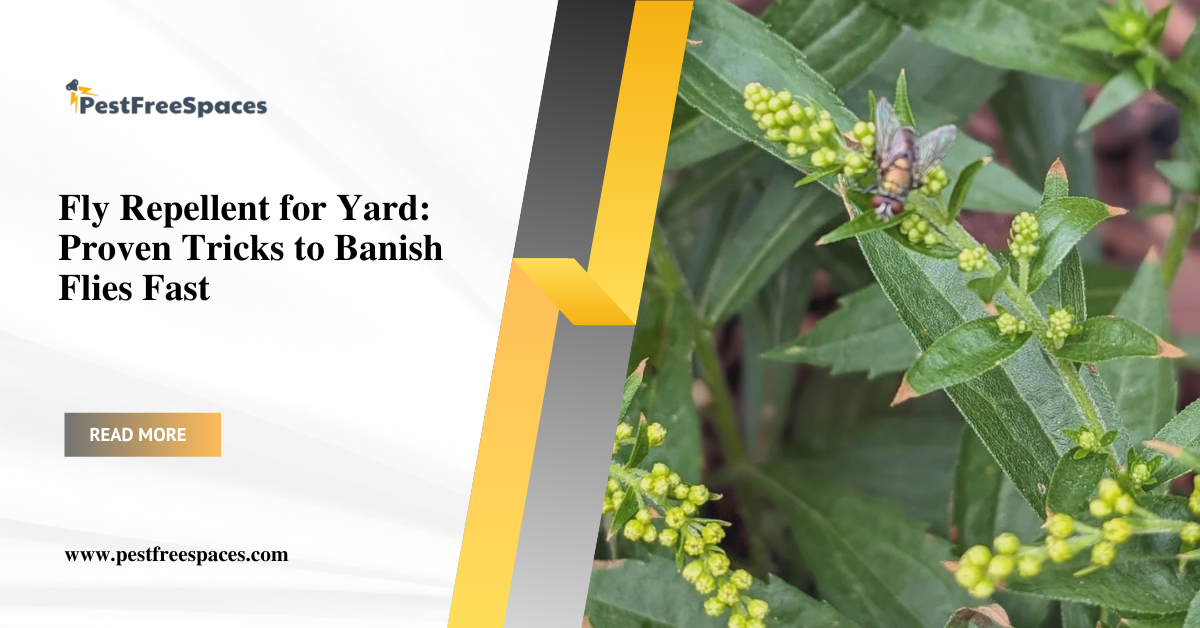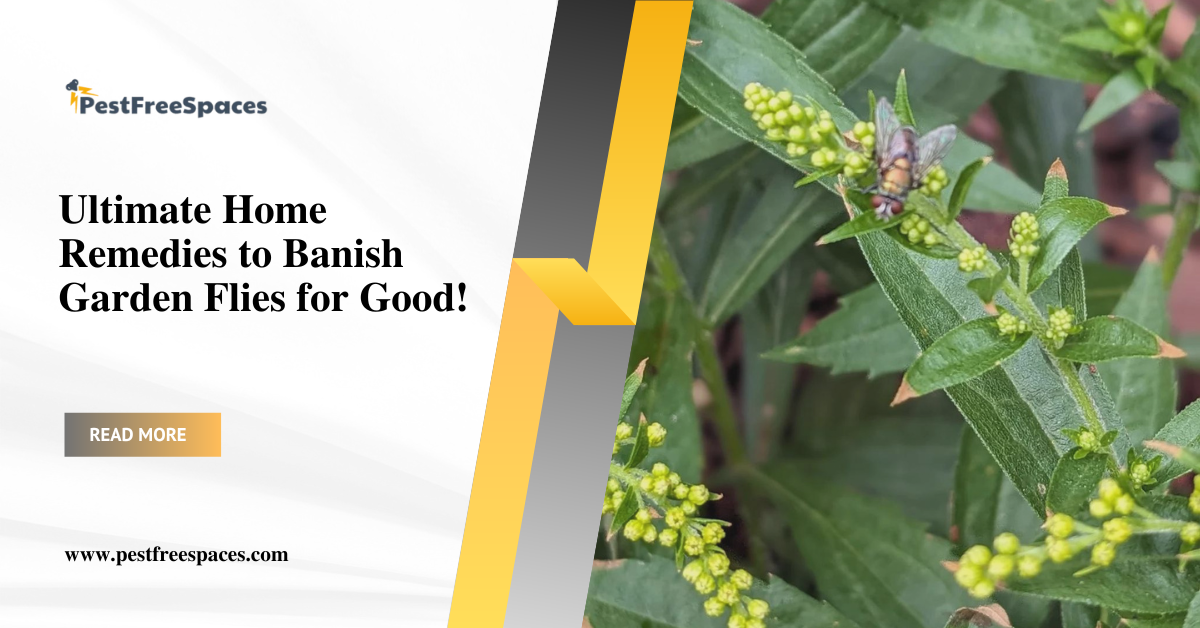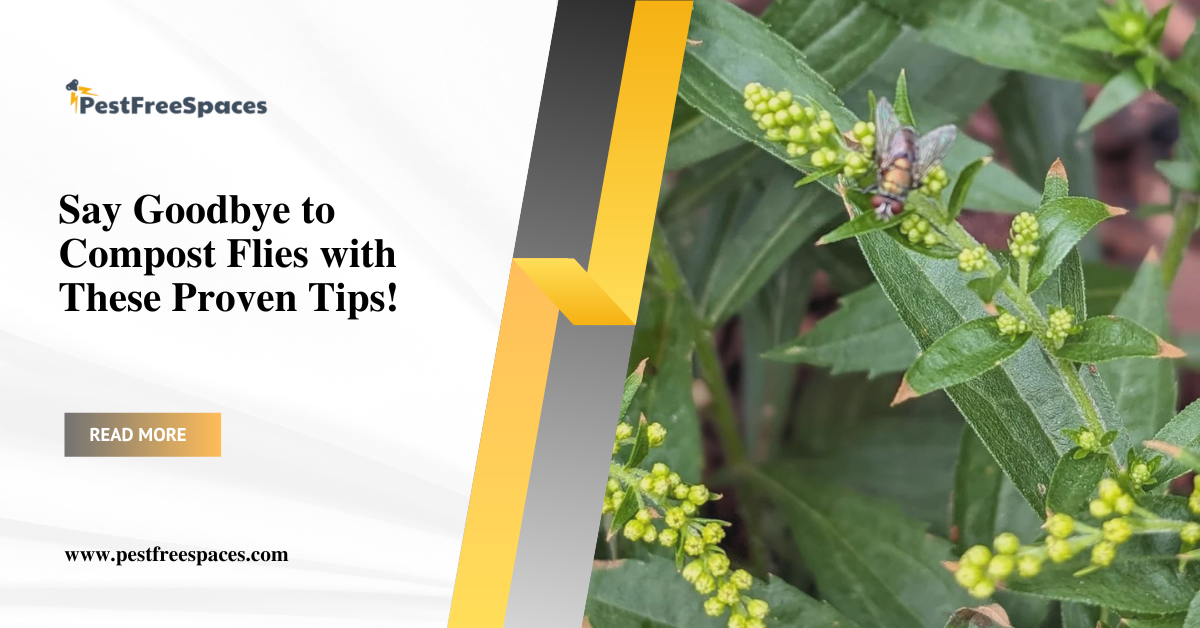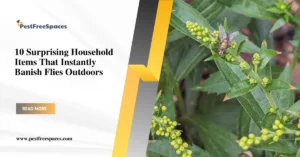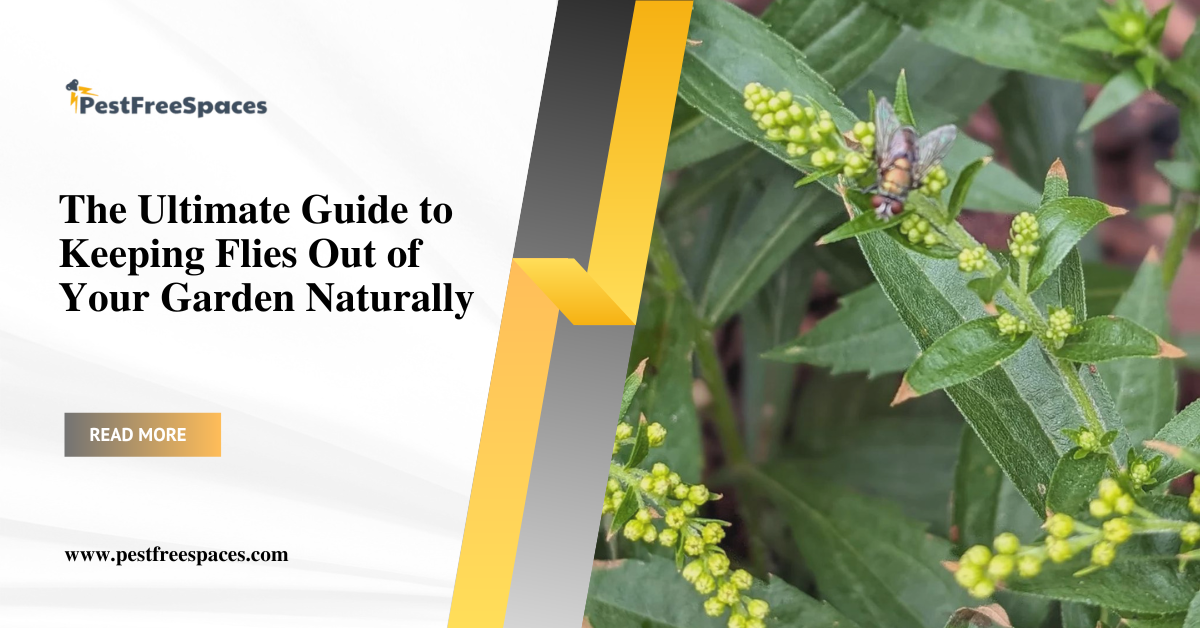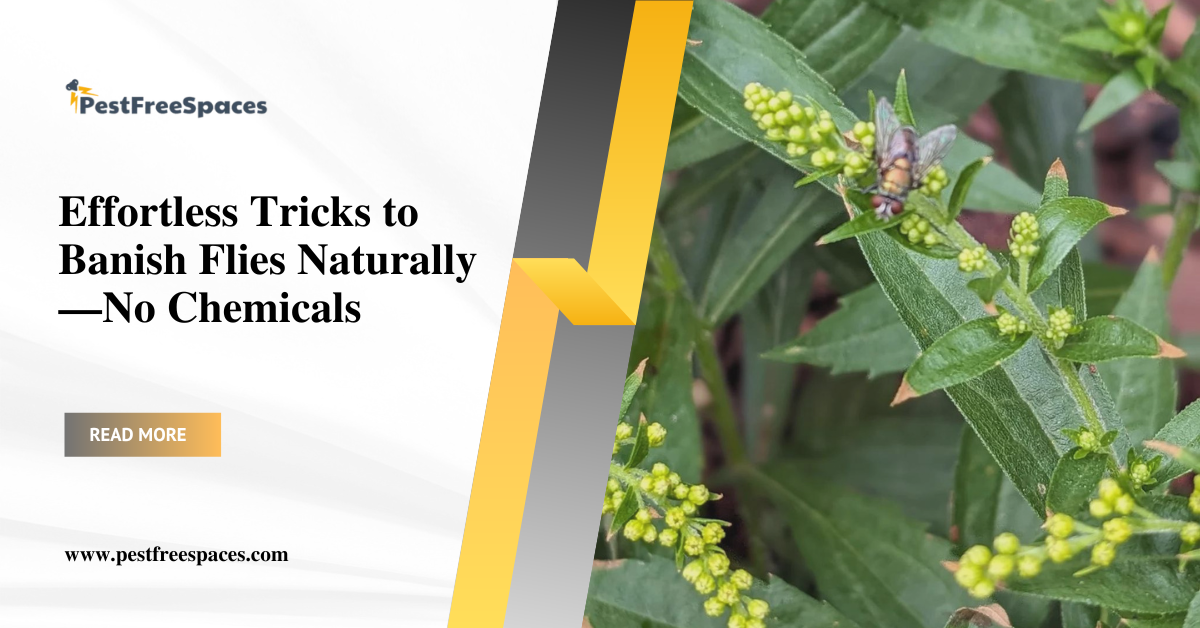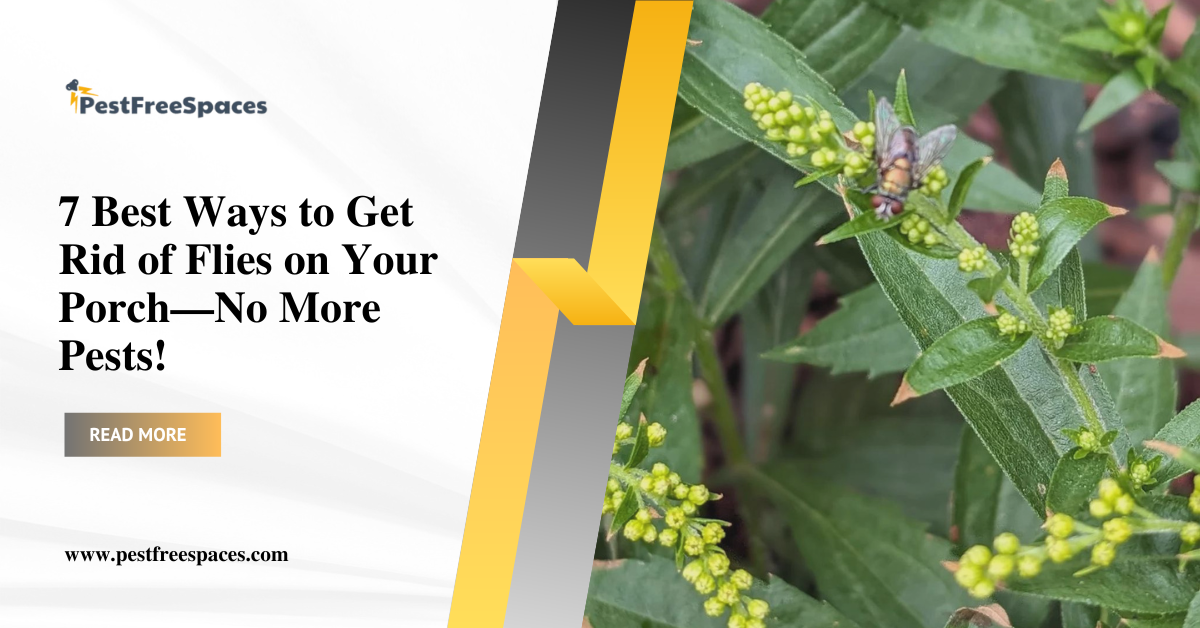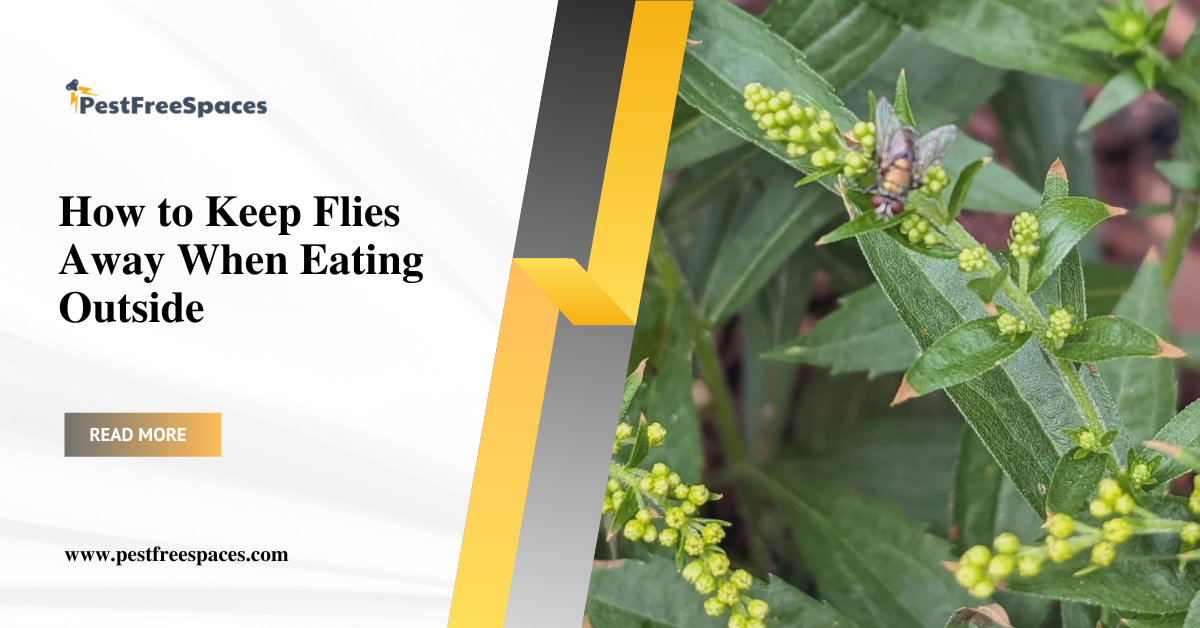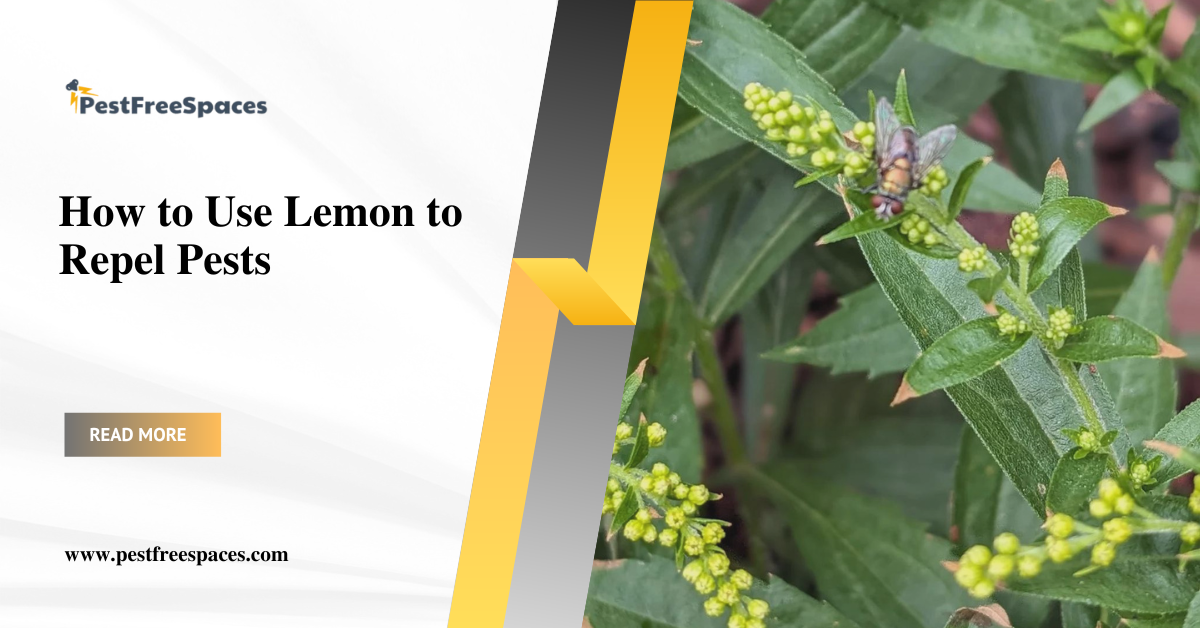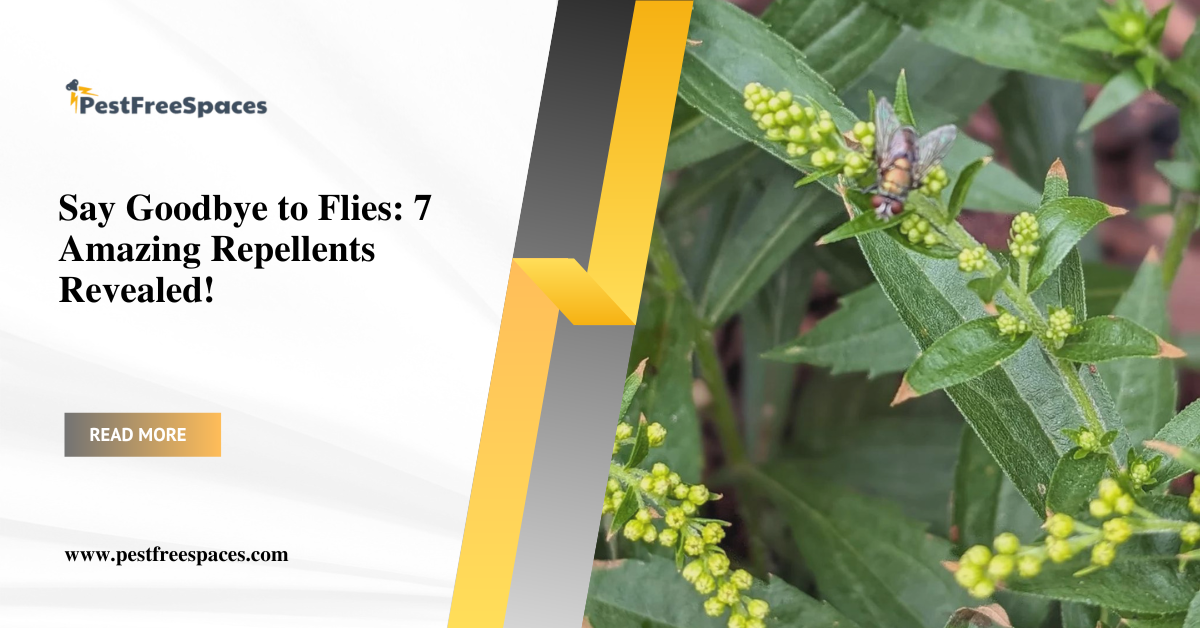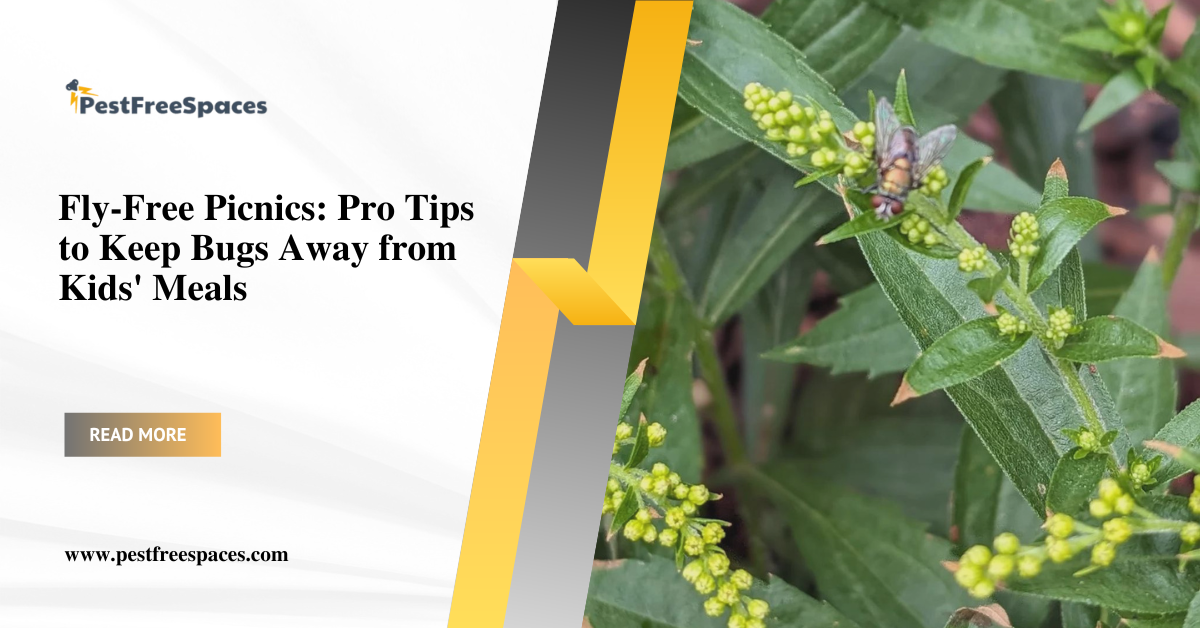Dealing with flies can turn a relaxing outdoor experience into a frustrating one. Whether it’s your backyard, patio, or porch, understanding how to keep flies away from food and outdoor spaces is key to enjoying time outside. This article dives into the best fly repellent for yard, focusing on natural methods, cleaning routines, and effective tools to make your yard and porch fly-free.
How to Repel Flies Outside: Effective Strategies for Your Yard

What Attracts Flies to Your Outdoor Space?
Flies are attracted to several things in your outdoor space, the most obvious being food. Whether it’s a barbecue, spilled drinks, or pet food left outside, these are all major attractions for flies. Outdoor meals can quickly become a battle if flies start buzzing around, which is why it’s essential to keep food covered and clean up after meals. Proper garbage disposal is another big factor. Open or overflowing garbage bins create an ideal environment for flies to breed and feed.
In addition, animal waste from pets or wildlife is another common source of attraction. Flies lay their eggs in decaying matter, and animal waste is a perfect breeding ground for flies to multiply. Keeping your yard clean, and regularly removing pet waste is essential in reducing fly population.
Flies are especially drawn to rotting and decaying materials, which is why compost heaps can sometimes attract them. If you’re composting, make sure to cover your compost bin properly and avoid adding meat or dairy products, which flies are particularly drawn to. Managing these attractants is the first step in learning how to keep flies away from your patio, yard, or porch.
The Life Cycle of a Housefly
Understanding the life cycle of a housefly is important if you want to control their numbers. A typical female fly can lay up to 500 eggs in her lifetime, often in decaying organic matter like animal waste or compost. These eggs hatch into larvae, or maggots, which thrive on rotting and decaying food.
Flies can go from eggs to mature adults in as little as 15 to 25 days, depending on the temperature and availability of food. Since flies reproduce so quickly, controlling their breeding grounds is key. Cleaning up any decaying matter and ensuring that garbage is disposed of regularly can help interrupt the fly’s life cycle and stop them from reproducing in your yard.
How to Keep Flies Off Porch and Patio
Porches and patios are common areas where flies love to hang out, particularly in the summer when people gather outside. How to keep flies off the porch and how to keep flies away from the patio are questions many homeowners ask. One simple method is to make sure the area is clean and free of food sources that could attract flies.
Additionally, lighting plays a role. Flies are attracted to certain types of lights, so switching to fly-repelling bulbs or lighting that is less attractive to flies can help. Installing a fan on your porch or patio can also deter flies. Flies don’t like movement or strong air currents, so a good oscillating fan can be an effective way to keep them away from outdoor seating areas.
Using fly traps or sticky strips around the perimeter of your porch can also help catch flies before they become a problem. These traps work by luring flies with bait, which they cannot resist, effectively trapping them before they can bother you.

How to Keep Flies Away from Food Outdoors
Eating outdoors is one of the pleasures of summer, but nothing ruins a meal faster than flies. How to keep flies away from food outdoors is a major concern during outdoor gatherings like barbecues or picnics. Flies are drawn to food because they feed on it and lay their eggs in it, leading to potential foodborne disease.
To keep flies away from food, always cover food items with mesh covers or keep them in sealed containers. Flies are particularly drawn to sugar, so be mindful of any sweet drinks or sauces. Clean up any drink spills quickly to prevent flies from being drawn to the smell. Using citronella candles or DIY fly sprays made with vinegar can also create an unpleasant odor that flies hate, keeping them away from food.
Cleaning: The First Step in Fly Control
The foundation of fly control begins with cleanliness. Flies are attracted to anything that is rotting or dirty. A well-maintained yard, porch, or patio is less likely to have a fly problem. Regularly clean surfaces where food is prepared or eaten, and dispose of any garbage promptly. Using bleach or other disinfectants can help eliminate any lingering odors that attract flies.
In addition to cleaning food surfaces, it’s also essential to keep garbage bins covered and remove waste regularly. Even a small pile of food scraps can attract flies. Keeping your outdoor space tidy is one of the best ways to eliminate flies from the yard.
Plants to Keep Flies Away Outside
Certain plants are known for their fly-repelling properties. Basil, lavender, rosemary, mint, and wormwood are all great options for keeping flies away naturally. These plants release odors that flies find unpleasant. Placing potted herbs around your patio, deck, or porch can help create a natural barrier against flies. Not only are these plants practical, but they also add beauty to your outdoor space.
Planting these herbs in strategic locations, such as near seating areas or around the perimeter of your yard, can reduce the number of flies in those areas. For best results, combine these plants with other fly repellent strategies like traps and natural predators.

DIY Fly Repellent Methods
There are several DIY methods to help keep flies away from your outdoor space. One popular trick is the penny in a bag method. This involves filling a plastic bag with water and placing pennies inside, then hanging the bag near food areas. The reflective surface of the water and pennies supposedly confuses flies, keeping them away.
Another DIY method involves using essential oils like peppermint or eucalyptus in a spray bottle. Flies hate the strong odor of these oils, and spraying them around your outdoor area can create a barrier that flies are reluctant to cross. This method is all-natural and bug-repelling, making it a safe option for homes with kids or pets.
Traps, Sticky Strips, and Insecticides
Using traps is an effective way to catch and kill flies. One common type is the sticky strip, which catches flies as they fly by. Sticky strips are inexpensive and easy to use, making them a great option for controlling fly populations.
For more severe infestations, you may need to use insecticides. Always follow the manufacturer’s directions for safe and effective use. Insecticides can be sprayed around garbage bins, birdbaths, or any other areas where flies tend to gather. While insecticides can be effective, they should be used sparingly to avoid harming other wildlife, such as beneficial insects like bees or butterflies.
Natural Predators and Ecosystem Balance
One of the best ways to control fly populations naturally is by encouraging natural predators like birds, bats, and frogs in your yard. These critters feed on flies and other insects, helping to keep the fly population under control.
To attract these predators, consider installing birdhouses or setting up a birdbath. Creating a welcoming environment for birds and bats can provide a natural solution to fly infestations.
Seasonal Considerations for Fly Control
Flies are most active in the summer months, so it’s important to be extra vigilant during this time. Regularly check for any small cracks or crevices where flies might enter your home or outdoor structures. Be proactive with your fly control methods, switching out traps, and maintaining a clean environment to prevent flies from getting too comfortable.
Bullet Point Summary of Important Strategies
- Keep outdoor spaces clean to reduce sources of attraction for flies.
- Dispose of garbage properly and cover bins to prevent flies from laying eggs.
- Use natural methods, like plants and essential oils, to repel flies.
- Install fly traps and sticky strips for additional control.
- Encourage natural predators like birds and bats to help manage fly populations.
- Consider DIY methods like the penny in a bag trick.
- Be vigilant about cleaning during summer, when flies are most active.
Peoples Also Asked
What is the best fly repellent for yard use?
The best fly repellents for yard use include a combination of natural methods such as plants like basil, lavender, and mint, as well as fly traps and sticky strips. DIY solutions, such as the penny in a bag trick, can also be effective. For more severe infestations, insecticides can be used but should be applied carefully to avoid harming beneficial wildlife.
How can I keep flies off my porch and patio?
To keep flies off your porch and patio, regularly clean the area and remove food and drink sources that might attract them. Use an oscillating fan to create movement, which flies dislike. Installing fly traps around the perimeter of your porch and using natural repellents like citronella candles can also help deter flies.
How do I keep flies away from food outdoors?
To keep flies away from food outdoors, cover all food with mesh covers and seal containers when not in use. Clean up any drink spills or food scraps immediately, and use citronella candles or DIY fly repellents made from vinegar to create an unpleasant environment for flies.
What plants repel flies naturally?
Several plants naturally repel flies, including basil, lavender, mint, rosemary, and wormwood. These plants release odors that flies find unpleasant. Placing them around seating areas or near entry points can help reduce fly activity in your yard.
How can I attract natural predators to help control flies in my yard?
Encouraging natural predators like birds, bats, and frogs can help control fly populations in your yard. You can attract these predators by setting up birdhouses, installing a birdbath, or creating a suitable habitat for frogs. These predators feed on flies and other insects, helping to maintain a balanced ecosystem.
